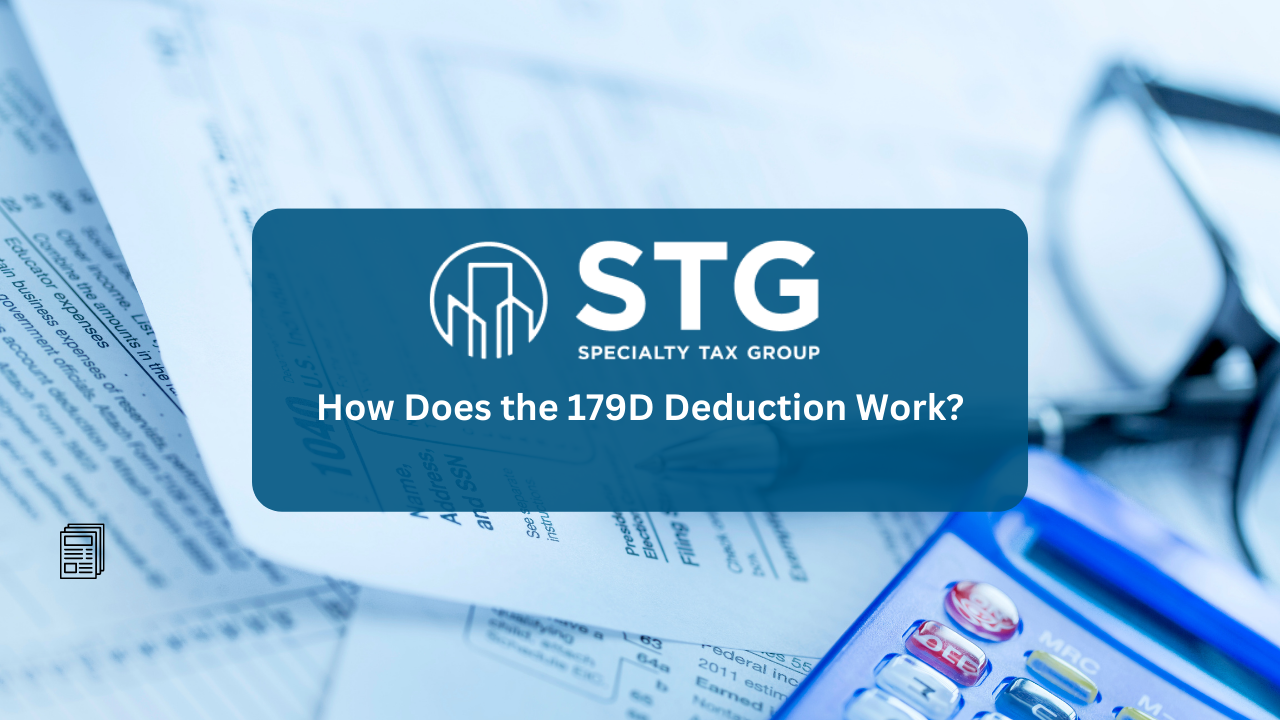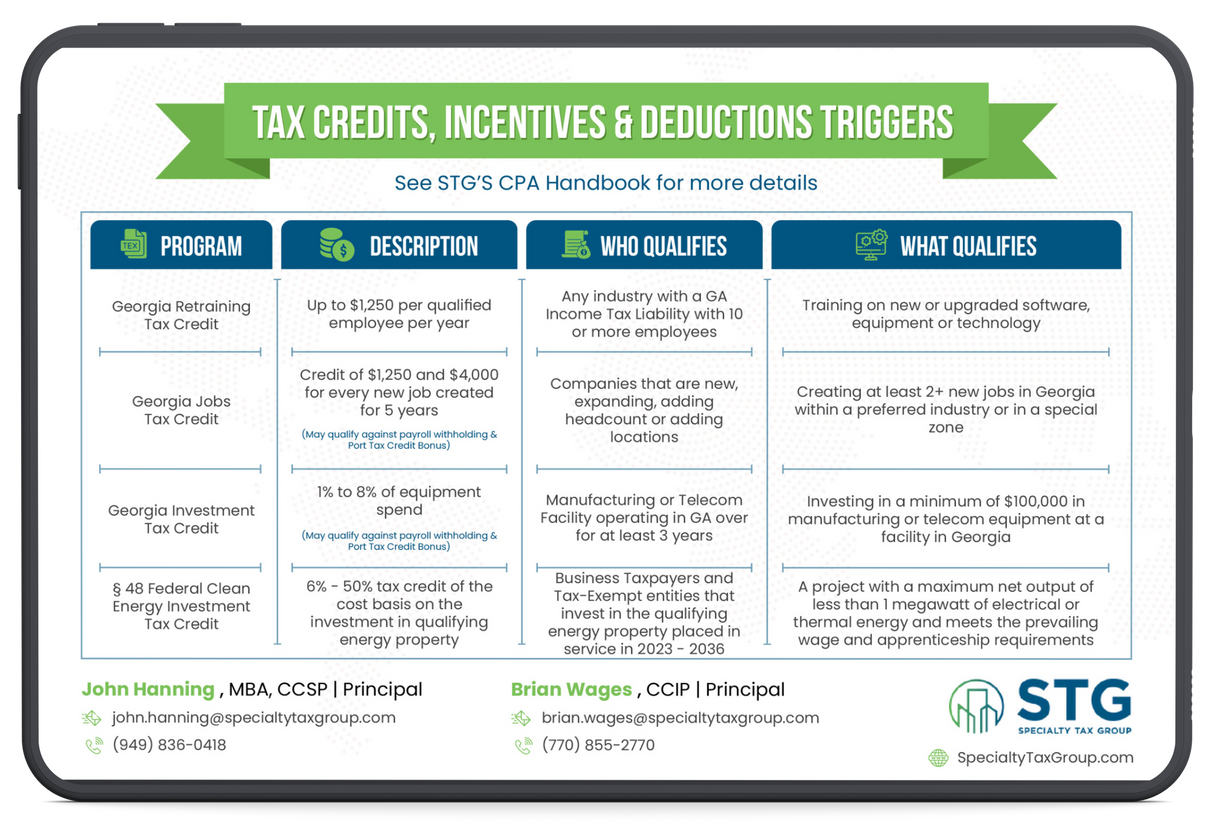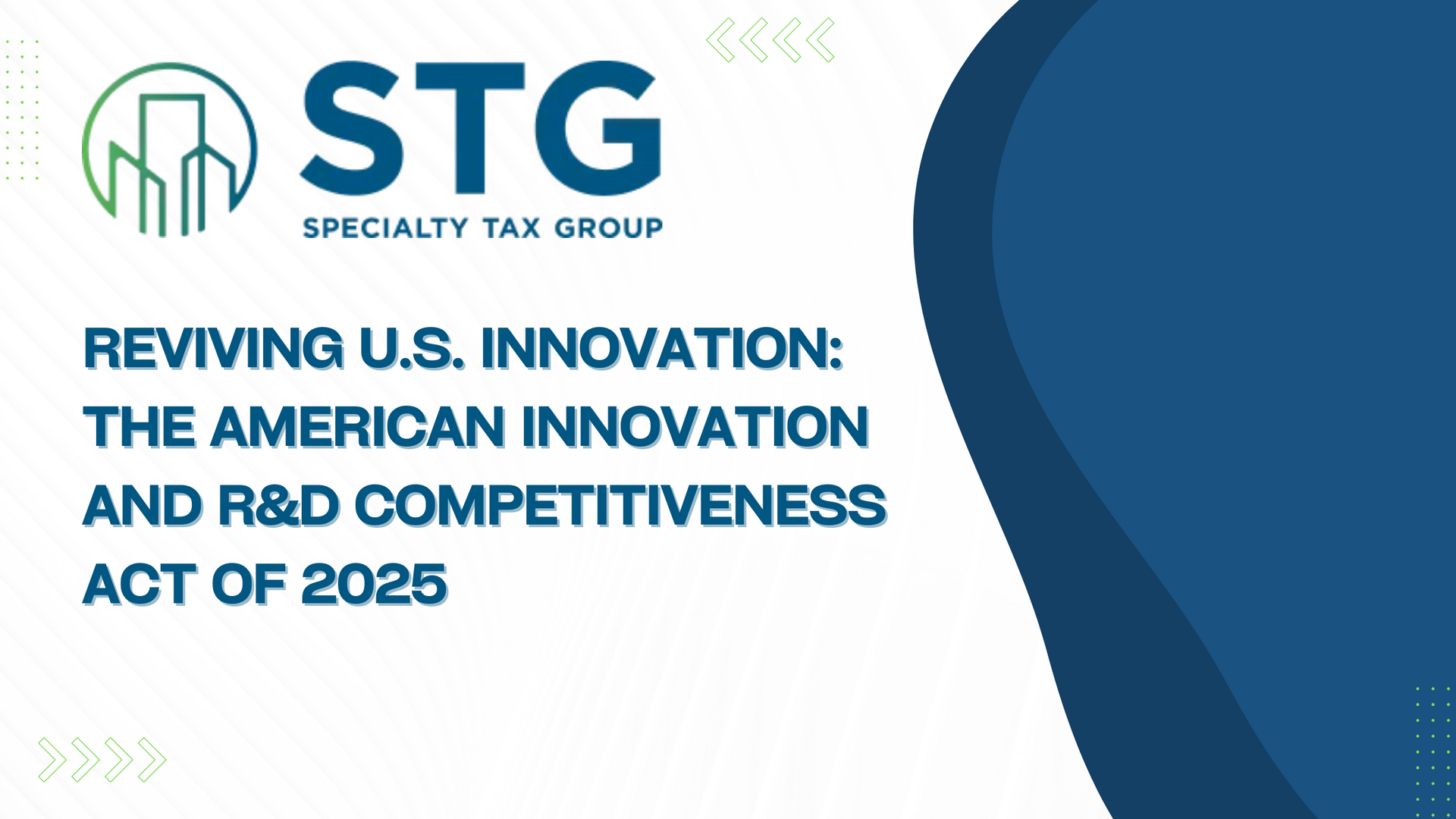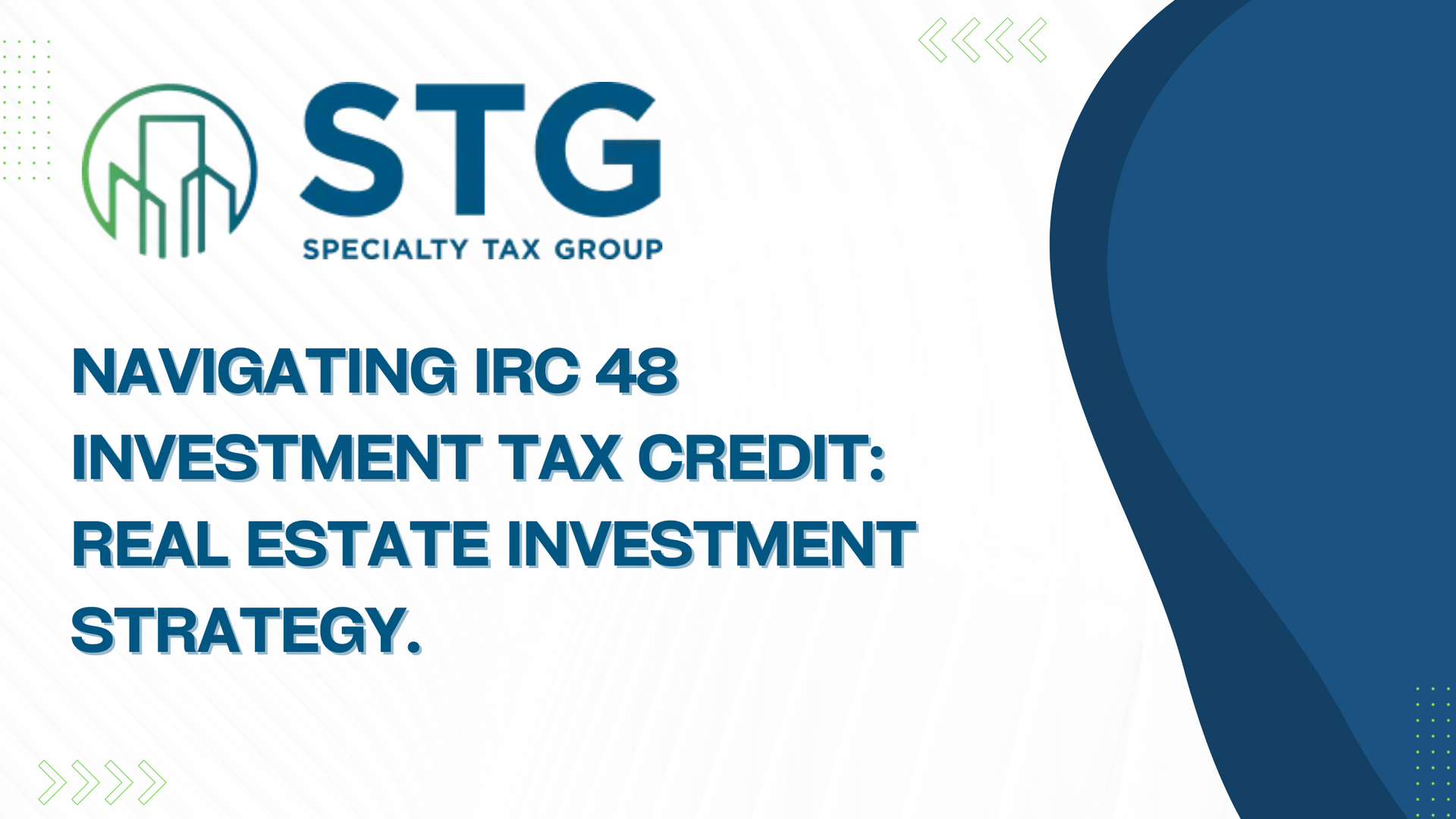This blog post has been researched, edited, and approved by John Hanning and Brian Wages. Join our newsletter below.
Newsletter Form

Businesses are always looking for ways to pay less in taxes and keep more of their money to improve their finances. With the Section 179D deduction for energy-efficient commercial buildings, owners of commercial buildings can get ongoing tax breaks. Also, designers of public buildings like architects and engineers can get the deduction from the public agency that owns the building. As with all tax deductions, there are rules to follow before you can get the deduction. Keep reading to learn more about the 179D deduction and how your business can save money on taxes with it.
What is the Section 179D Tax Deduction?
The Section 179D tax deduction is a tax incentive that allows building owners and designers of energy-efficient buildings to claim up to $5.00 per square foot for buildings placed in service in tax year 2023 and later. The tax incentive was first introduced in 2005 as a part of the Energy Policy Act to encourage the construction of energy-efficient buildings. The energy efficiency of the following three components is measured: lighting, building envelope, and HVAC. In 2020, Section 179D became a permanent part of the tax code.
To qualify for the full $5.00 per square foot deduction in 2023 and later, buildings must meet prevailing wage and apprenticeship requirements. The deduction rate increases on a linear basis for every 1% of savings achieved above the 25% threshold, up to 50% annual energy cost savings compared to the minimum requirements of the ASHRAE Standard 90.1. If the building does not meet those requirements, a provision in place allows for a partial deduction.
How to Claim Section 179D Tax Deduction
A few steps need to be taken to become certified for the Section 179D tax deduction. The study is conducted by a third-party engineer using IRS-approved energy software to show that the property meets energy efficiency standards within the same tax year. The property is then inspected and evaluated against guidelines set by the American Society of Heating, Refrigerating, and Air-Conditioning Engineers (ASHRAE) to calculate energy and power cost savings. After the property has been inspected and verified that the results meet the energy savings threshold, a signed certificate is provided to the building owner. They can then claim the Section 179D tax deduction every three tax years when the building is placed in service in 2023 and thereafter (four in some situations) during the tax year in which the property is inspected.
If an architect, contractor, or engineer primarily responsible for the design of the public energy-efficient properties would like to claim the deduction, they must first be awarded the allocation by the public entity in the form of a signed allocation letter. Certain tax-exempt organizations can also allocate the deduction to the designer. The designers would then need to claim the deduction in the year the project is complete or file an amended return to receive the deduction.
The deduction is claimed as a line item under expenses for the applicable tax year. For more information about the Section 179D tax deduction, our experts at Specialty Tax Group can review your unique situation and help you determine if you qualify.
Contact us today to learn more.





